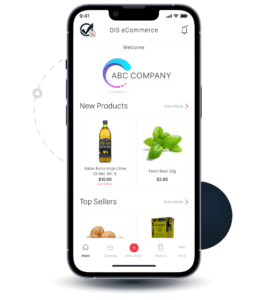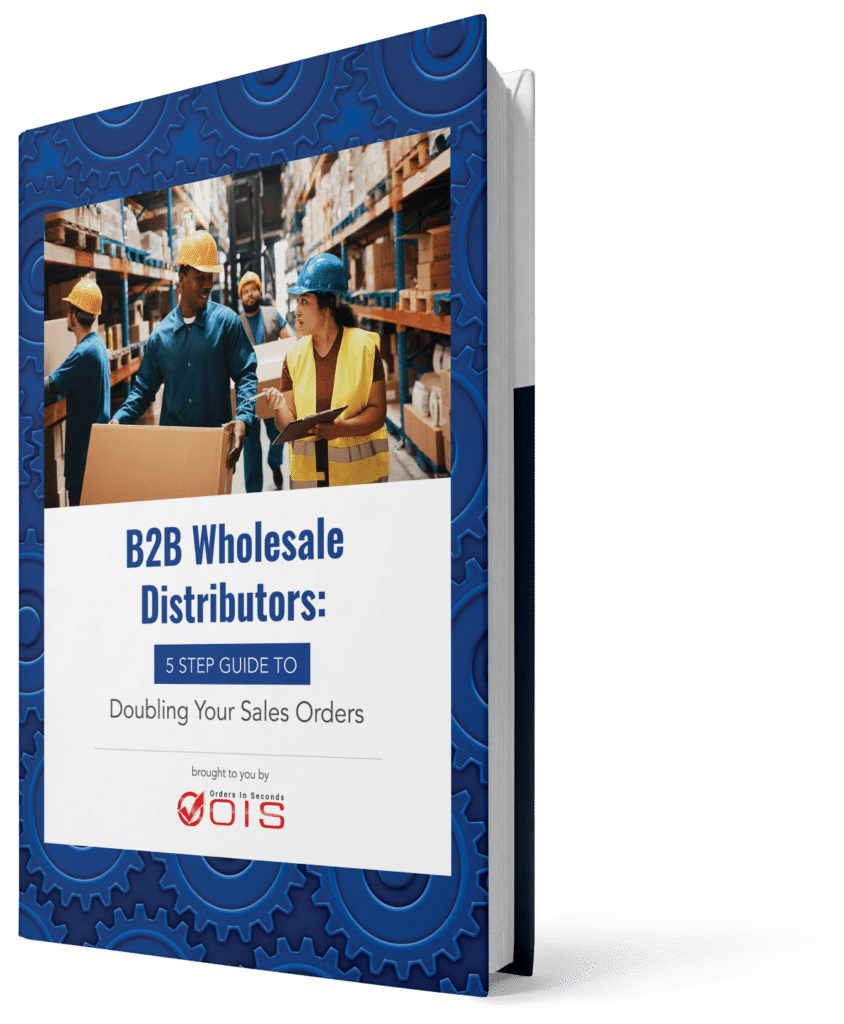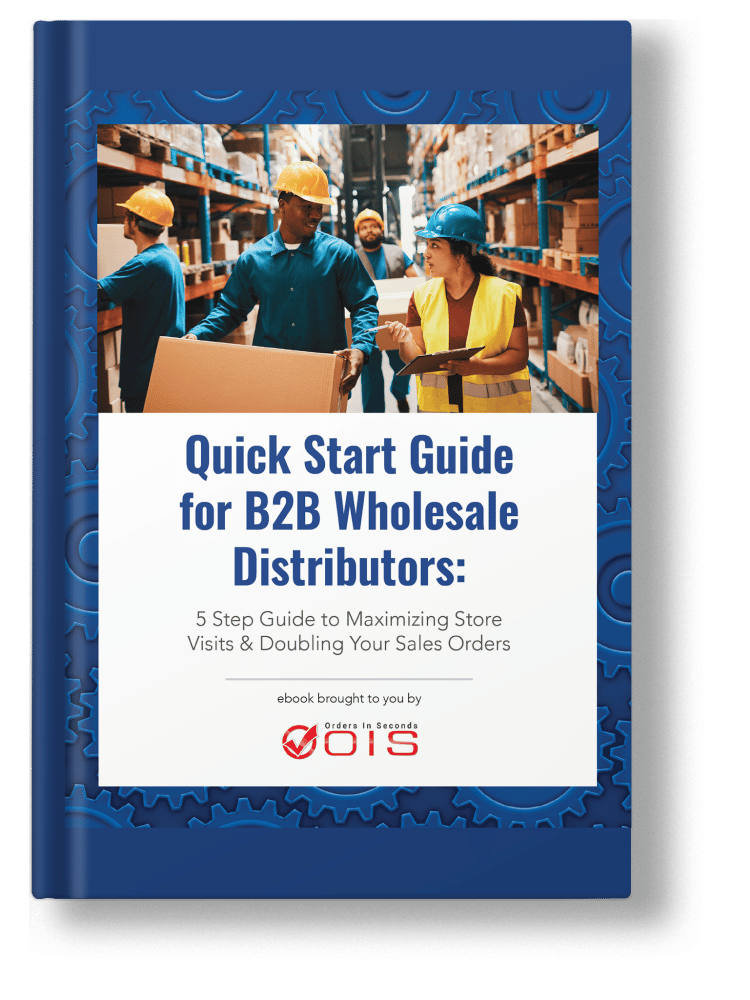Learn How Kellogg’s is using mobile apps to increase B2B sales orders!
Kellogg’s has rolled out a Business-To-Business (B2B) ecommerce order management app to help convenience retailers place orders of snacks and cereals.
One of the world’s largest and oldest cereal makers with some of the most well-known brands of snack and convenience foods known to consumers is dropping serious hints at growing B2B e-commerce.
Speaking Nov. 13 at Kellogg Co.’s annual event for investors and analysts, Chris Hood, president for North America, said the maker of such iconic brands as Kellogg’s Corn Flakes and Special K sees significant growth opportunity in B2B e-commerce.
“We’ve dramatically expanded the number of C-store outlets and we’ve launched a B2B eCommerce business there.”
As part of our redesign within our North American structure,” he said, Kellogg is making “an investment in e-commerce capability to really strengthen not only our ability to call on and serve omnichannel players but also pure-play as well as B2B,” he told analysts. “In B2B, in particular, we think there’s a huge opportunity for growth. —we already have a pretty significant business there today, but there’s a big opportunity for us to continue to accelerate.
Kellogg, which generates $13 billion in annual revenue and produces more than 160 snacks and convenience foods like cereal and frozen foods. Monica McGurk, chief revenue, and e-commerce officer, said during the investors event that retail e-commerce accounted for about 2% to 3% of revenue, a percentage that rises to “north of 5%” when including Kellogg’s B2B e-commerce. Using the figures, Kellogg does about $715 million overall in e-commerce sales, including about $325 million in B2B e-commerce.
The secret is pushing a mobile first approach, one that integrates data, AI, and gamification. The food brand partnered with a well-known customer relationship management software provider to develop a robust B2B app that facilitates sales and merchandising.
Their app will allow convenience stores and other retail venues to place orders with the help of an AI-powered Einstein tool. By using previous orders and sales data from similar stores it will create a suggested list of products to buy. If the store owner finds the suggested list favorable, it can self-populate the shopping cart for an easier and faster shopping experience. Also, the AI tool can predict shifts in demand and advise retailers to buy more of certain products if, for instance, Kellogg plans to launch an advertising campaign for said item. Moreover, the tool has the capacity to forecast possible revenue from making that suggested purchase and subsequent sales. This can prove invaluable for increasing the average ticket without the need for field sales agents to move a muscle.
In addition to helping with sales the AI software gives a hand with merchandising. Kellogg implemented a reward system to prompt stores to take “shelfies”. Stores will take photos of a shelf with snacks, for instance, and use a visual comparison software that compares the placement of products against the planograms that the company has developed and ensures merchandising best practices. If something is out of place, then the app will suggest a more appropriate location for products or if they hit mark reward them through a program.
Each of these functions are optimized to maximize revenue for both the store and Kellogg themselves because their products will move faster.
This is how innovation and a mobile first approach has pushed B2B sales in the millions of dollars for them. More important than that, company executives believe this is only the beginning and the opportunity for growth is far greater.
A serious B2B sales company should be following Kellogg’s lead in developing solutions that apply directly to their markets using data as their foundation. This does not mean that you should simply try to copy the food brands strategy but find and develop tailored solutions for them. Every retailer will have to consider their specific sales environment and store behavior before setting out to implement this type of strategy.
Learn more about how to rollout Your B2B eCommerce App for Wholesalers?

Track Orders and Keep Customers Happy!
■ Create custom pricing, percentage discounts and volume pricing for customers or groups.
■ Allow customers to purchase, track and reorder products.
■ Integrate your eCommerce platform with your accounting system (SAP, SAGE, Quickbooks and others)





